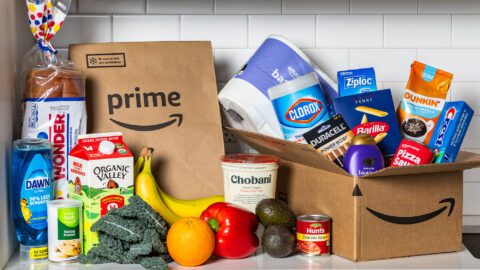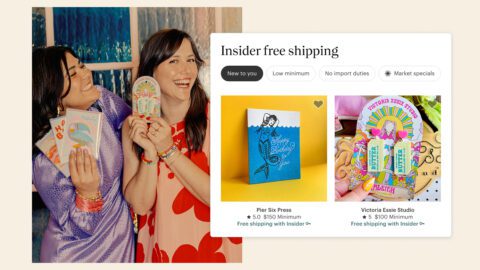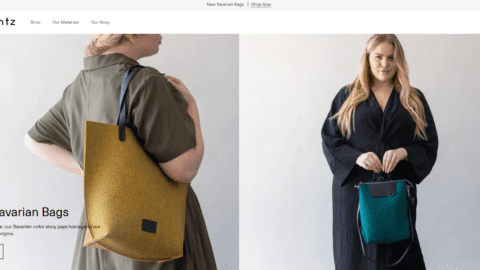While 67% of retailers report higher revenue after launching subscription services, according to an Ordergroove and NAPCO Report, subscription businesses in general still face strong headwinds when it comes to long-term growth. A key reason: it’s never been easier for customers to cancel, downgrade or switch service providers in a few clicks. In fact, only one in four subscription companies across B2C, B2B and hybrid businesses see a year-over-year revenue growth rate of more than 30%, according to a survey from Brightback.
Of the B2C companies, only 13% see revenue growth of 30% to 50% within their subscription services, lower than the 23% of B2B companies achieving that growth rate.
“If you exclude the largest businesses, we’re still in the early days of maximizing the subscription business,” said Guy Marion, CEO of Brightback in an interview with Retail TouchPoints. “If you think about it, the telco industry has been running on subscriptions for 30 to 40 years, and magazines for 100. Retail and technology have only moved into this model within the last decade.”
Less Than Half Of Retailers Feel Retention Efforts Are Prioritized Effectively
Across the board, 97% of organizations view customer retention as a major priority, but the challenges involved, and the tools used for achieving it, differ significantly across B2C, B2B and hybrid companies. On the retail side, there appears to be a lack of confidence about how to prioritize these initiatives: only 44% of B2C respondents feel retention is prioritized appropriately within their company, compared to 68% of their B2B counterparts.
When it comes to retaining shoppers, retailers can learn a lot from their B2B counterparts. While B2C companies are twice as likely to preemptively offer bundles or special deals to at-risk customers than B2B companies (58% vs. 26%), B2B companies are twice as likely to test a range of discount offers at the point of cancel than B2C (51% vs. 20%).
“There’s usually a more complex equation in B2B,” Marion said. “It’s usually a range of factors, such as not recognizing ROI, not having the resources and time to effectively implement a service or lack of stakeholder support. Bundles typically address a value or pricing concern within B2C, but B2B is more about deciphering different causes and discovering if it’s about a personnel issue, better product training or if they need deeper consulting around onboarding. On the retail side, it comes down to delivering maximum value, which is the best price for the most part.”
Retailers’ relative lack of confidence in their retention efforts is often expressed as a belief that they suffer from high customer churn rates. However, the data tells a different story:
- 59% of B2B respondents indicate a churn rate of over 3.0%;
- B2C companies have the lowest overall churn rates, with 57% of respondents indicating their churn rate is 2.9% or lower; and
- Overall, 54% of respondents have between 2.0% to 3.9% of revenue churn each month.
B2C Organizations Prioritize Reactive Customer Support, Predictive Modeling To Limit Churn
More than one third (34%) of B2C companies remain consistent in their view that improved customer support and faster response times deliver the biggest impact on retention at scale, but their teams must be equipped with the right data in order to provide customers what they need. In fact, 27% say that the biggest impact on their retention efforts will come from developing predictive models to forecast customer propensity to churn or expand.
B2C companies are less enamored of regular monitoring and classification of subscriber churn, with only 5% of these respondents saying such activities would have an impact. That’s well below the 32% of B2B organizations that believe so. These B2B companies are keen to understand why customers cancel in order to incorporate insights into their onboarding and educational materials, and are actually more apt to engage at-risk customers with personalized offers (22%) than B2C retailers (14%).
“While B2C is focused on reactive-based support, and then upsell and cross-sell, it’s almost inverted on the B2B side,” Marion said. “It starts off with education, training, onboarding and drills down into discounting-based offers. We would have expected more commonality around focus on the experience first and then focus on offer the second, but it really shows that with consumers, price is king still.”













